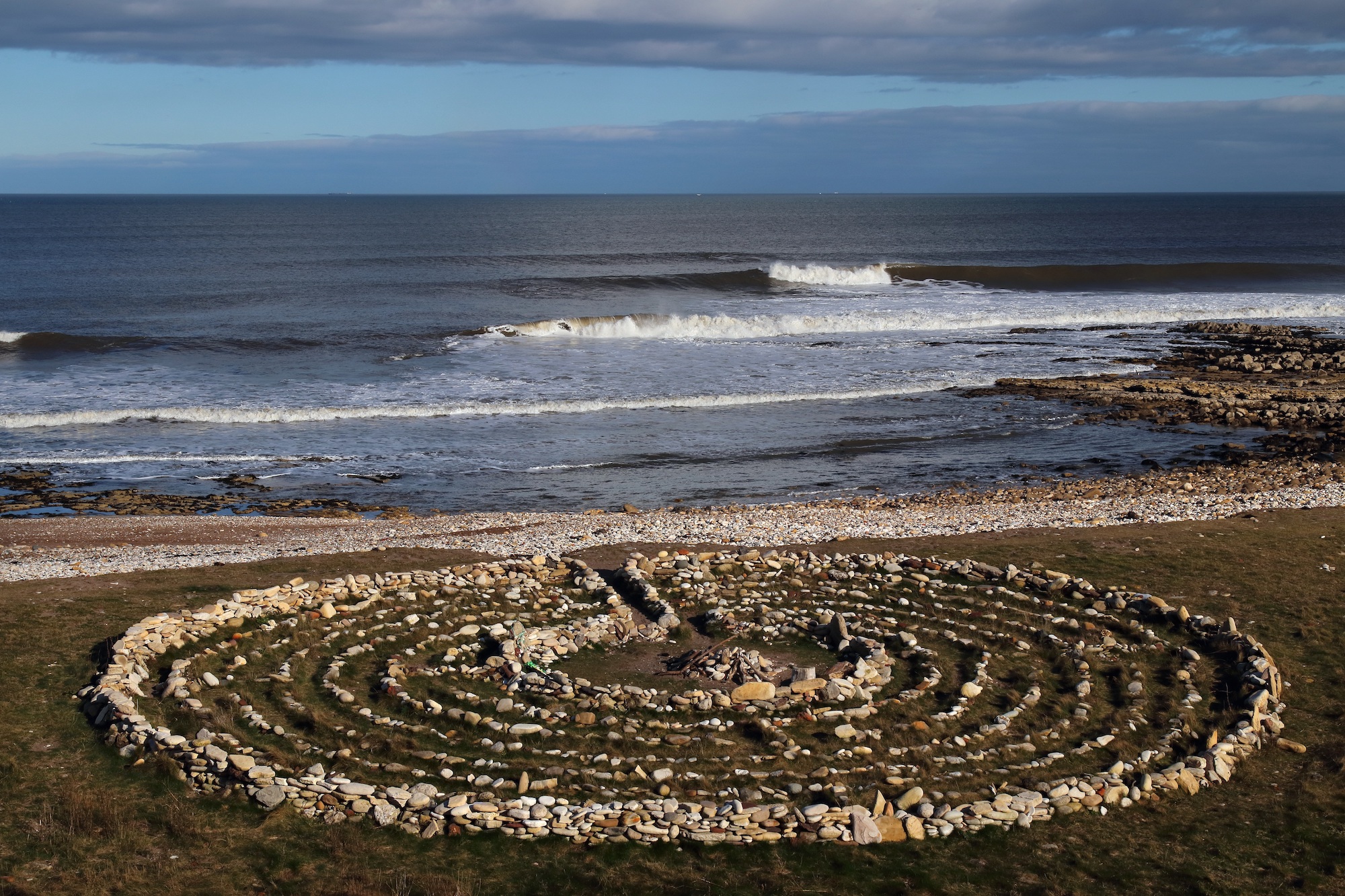
Relaxation Practices: Moving Meditation
From Ariana’s book: The Magic of Mojo: The Creative Power Behind Success (Chapter 11)
Many people are daunted by the idea of meditation. They think they have to completely clear their minds, have no thoughts at all, and stay perfectly still for long periods of time. That’s not true.
One of my favorite ways to teach meditation is through move‐ ment. Moving meditations are a much easier practice for many people to take up, and are therefore less stressful and off putting. The basic concept is this: Move your body in a gentle, easy way (such as walk‐ ing), and allow your mind to be present and contemplative.
Many people talk about “being present,” but if you’re not familiar with the phrase it can seem a bit confusing. After all, if you’re there, you’re present, right? Well no, not exactly.
Being present is about mentally paying attention to what’s going on in the moment. This means you’re not thinking about the past or the future, you’re not worrying about anything, and you’re highly aware of what’s happening around you. You’re also not multi-tasking.
Have you ever tried to have an important conversation with someone and they were playing on their smartphone, watching TV, or flipping through a magazine while you were speaking? Did you really believe they were listening to you, or did you feel like their attention was elsewhere (or even just divided)? In that situation, being present would have meant that person putting down their smartphone or magazine, turning off the TV, looking at you while you spoke, and actively listening to what you had to say.
In a moving meditation, being present means observing the world around you and not focusing on other things (work, your relation‐ ships, projects, etc.). Here’s an example of what that experience could be like:
You’re walking on a path in the forest in autumn, listening to the sounds of birds in the trees. You observe the colors of the leaves and notice that they are changing from the bright greens of summer and starting to turn varying shades of yellow, red, orange, and brown. A breeze blows, and you watch the leaves flutter slowly to the ground. You take a deep breath, breathing in the earthy, woody smells. Somewhere behind you, hidden in the trees you hear the sounds of small animals stepping on leaves, or scurrying up and down the tree branches.
You take another deep breath, and listen to the sound of your own foot‐ steps. It reminds you of your childhood and brings back fond memories, which make you smile ever so slightly. You allow yourself to have that memory and notice how it makes you feel nostalgic in this moment. You feel a warmth in your heart, and notice that your steps have slowed as you take in the forest around you, and remember what it felt like to be a child. With another deep breath, you bring your attention back to the present, and notice how you feel now, in your current body, and sigh at the realization that you don’t have the energy you once had. Nevertheless, you appreciate all you’ve learned in your adult life, and feel grateful for the lessons, as well as for the beautiful forest all around you.
You hear a noise in the forest ahead, which sounds like a deer, so you slow your pace even more and bring your attention fully back to the forest around you. You gaze ahead, looking for movement, but can’t tell where the sounds are coming from. You take a deep breath and listen for another moment, but as the sound moves further away, you know you won’t see the animal ahead, so you go back to your comfortable walking pace.
From this example, you may notice that you don’t have to chase away or ignore the thoughts you’re having; you simply allow yourself to notice thoughts, memories, or feelings that come up, and then bring yourself back to the present moment. The goal isn’t to deny whatever comes up, but to acknowledge it, allow it to have its moment, and then bring yourself back to the present experience. This actually helps develop presence better than not having any distrac‐ tions. The act of bringing your attention back to the present is like exercising a mental muscle, making it easier for you to stay present longer in the future.
Another great way to practice moving meditations is walking labyrinths. An Internet search should tell you if there are any public labyrinths nearby, and what hours they’re available for public use. For clarification, this is not the same as entering a maze that would have false paths or cause you to get lost. Modern and ancient labyrinths designed for contemplation are typically square or circular and have a single path that leads you from outside the labyrinth to the center and then back out again following the same path. The idea behind them is that you walk the labyrinth to gain clarity, give thanks, ask for guid‐ ance from your higher self or a higher power, relieve yourself of a burden, or another such goal.
The center of the labyrinth is considered a sacred space. As you slowly walk towards the center, you contemplate the challenge or problem you’re having. When you reach the center, you offer that problem to your higher self, your higher power, the universe, etc. with the faith that somehow you will receive the help you need, your prayer will be answered, or you will gain clarity about the situation. In the sacred space at the center of the labyrinth, you symbolically lay down your burdens, so you can walk out again with more peace than you had before. This can be done ceremonially if you like, or simply through your intention. It can be as complicated or simple as you desire.
Once you feel complete with your intention or ceremony in the center of the labyrinth, it is time for you to let go of whatever burdens you brought in with you. The intention as you retrace the path from the center to the exterior of the labyrinth is for you to let go so you can go back into the world feeling lighter, ready to move forward without your previous burdens.
It’s a deceptively simple practice and always surprises people with how effective it is. Walking a labyrinth may not solve all of your prob‐ lems instantly, but it’s one of the most powerful moving meditations I’ve ever done.
But what if you don’t have any labyrinths available nearby?
There’s an easy solution! You can do the same activity without actually having a designated labyrinth to walk. All you need is a little space and some imagination.
Clear a rectangular or circular space as big as you have room for. This can be an area as small as three feet in either direction or as large as you have available. Instead of worrying about all the twists and turns in a labyrinth, you’re going to simply walk a spiral.
Before you start, decide where the center, entrance/exit point, and exterior boundaries of your spiral are going to be. Then, simply walk in a spiral, starting with the largest part of the spiral first, and progressing your path into the center. Release your burdens in the center of your spiral and then walk in a spiral out, retracing your original path. The amount of time this will take varies depending on how big your space is, so if you only have a small space, I encourage you to walk even slower than you might have otherwise, so you can get the most out of your meditation.
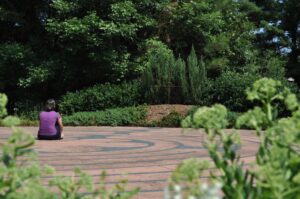
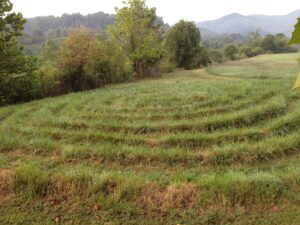
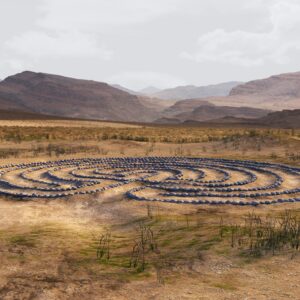
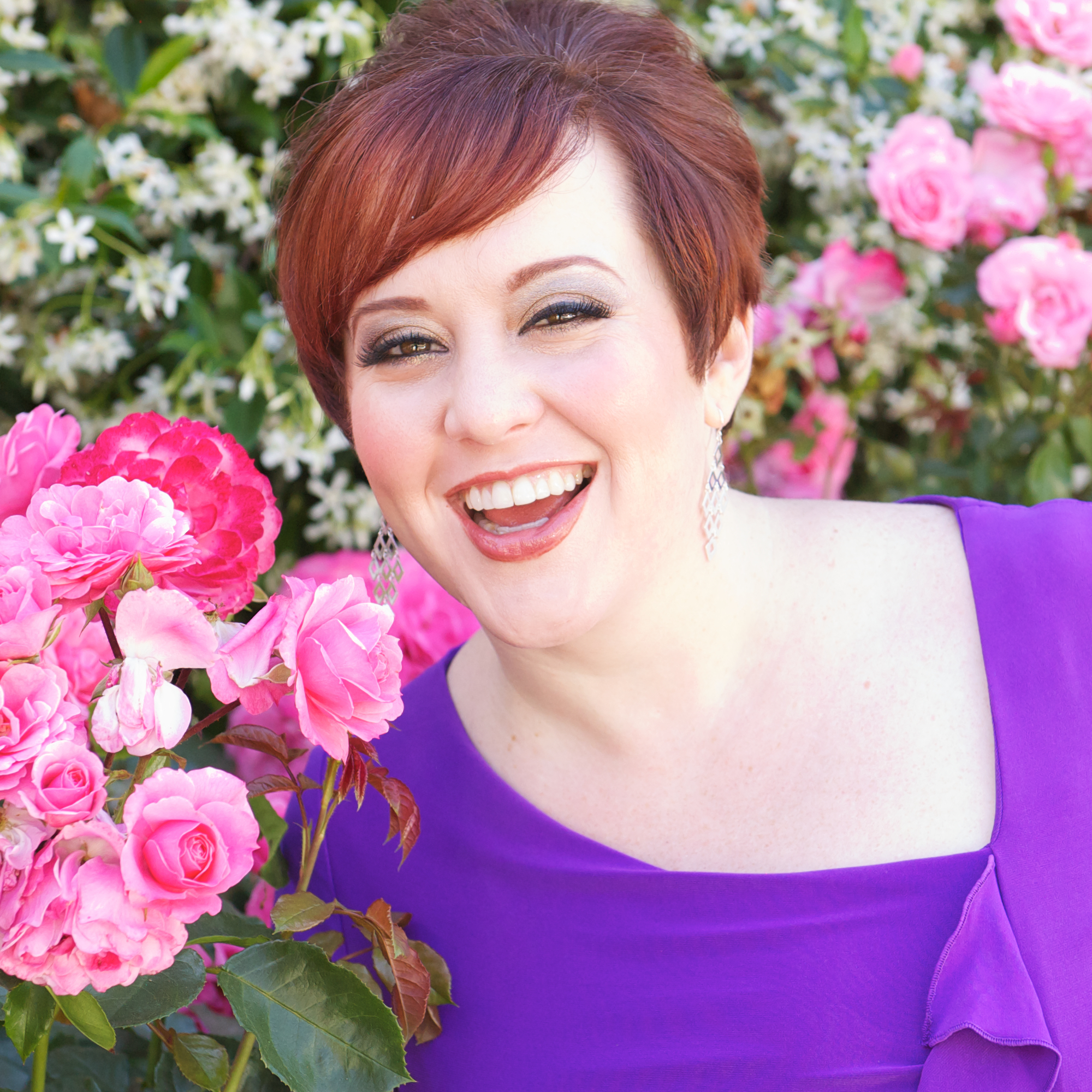
Author, activist, international speaker, multi-preneur, mentor, wife, and mom, Ariana Ayu is a Transformational Mystic and a Catalyst for Conscious Change.
She is the creator and lead educator for the CannyNurse™ Certificate Program, a 50-hour CEU program for nurses from LPNs through doctoral degrees, and the first comprehensive cannabis nurse training program designed for working nurses. An ordained priestess, holistic healer, and lifelong student of ancient/ modern wisdom, Ariana’s nursing background includes pediatrics, labor & delivery, nurse education, and Holistic Health/ Integrative Nurse Coaching.
She earned her MSc in Advancing Nursing Practice from the University of Edinburgh in Scotland (UK), and her Cannabis Nursing Certification from Pacific College of Health and Science.
She is passionate about racial justice, social equity, environmental preservation and conservation, and empowered health, wellness, and joy for all. Her practice is governed by the ethical principles of integrity, nonjudgment, empowerment, and respect for her clients’ autonomy.